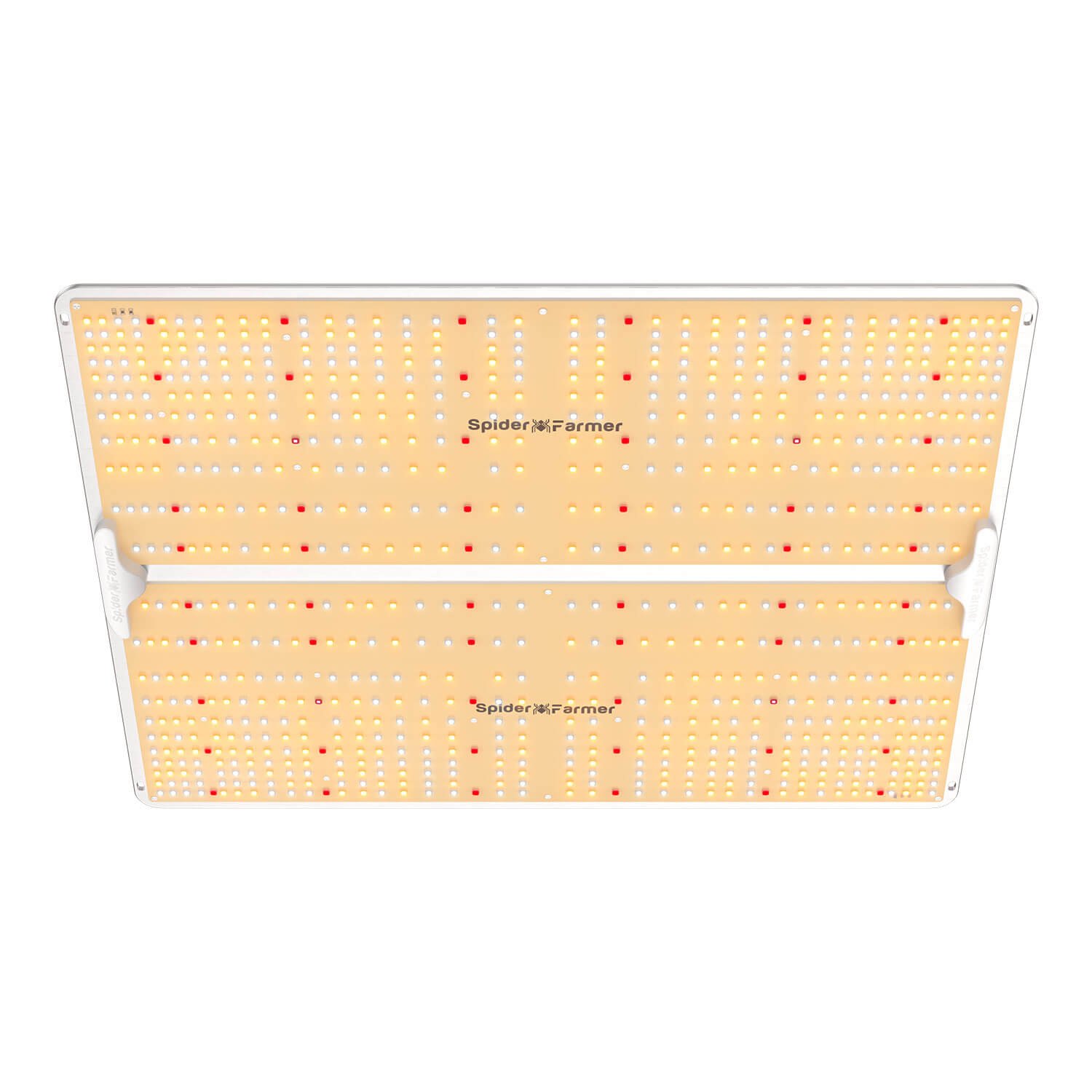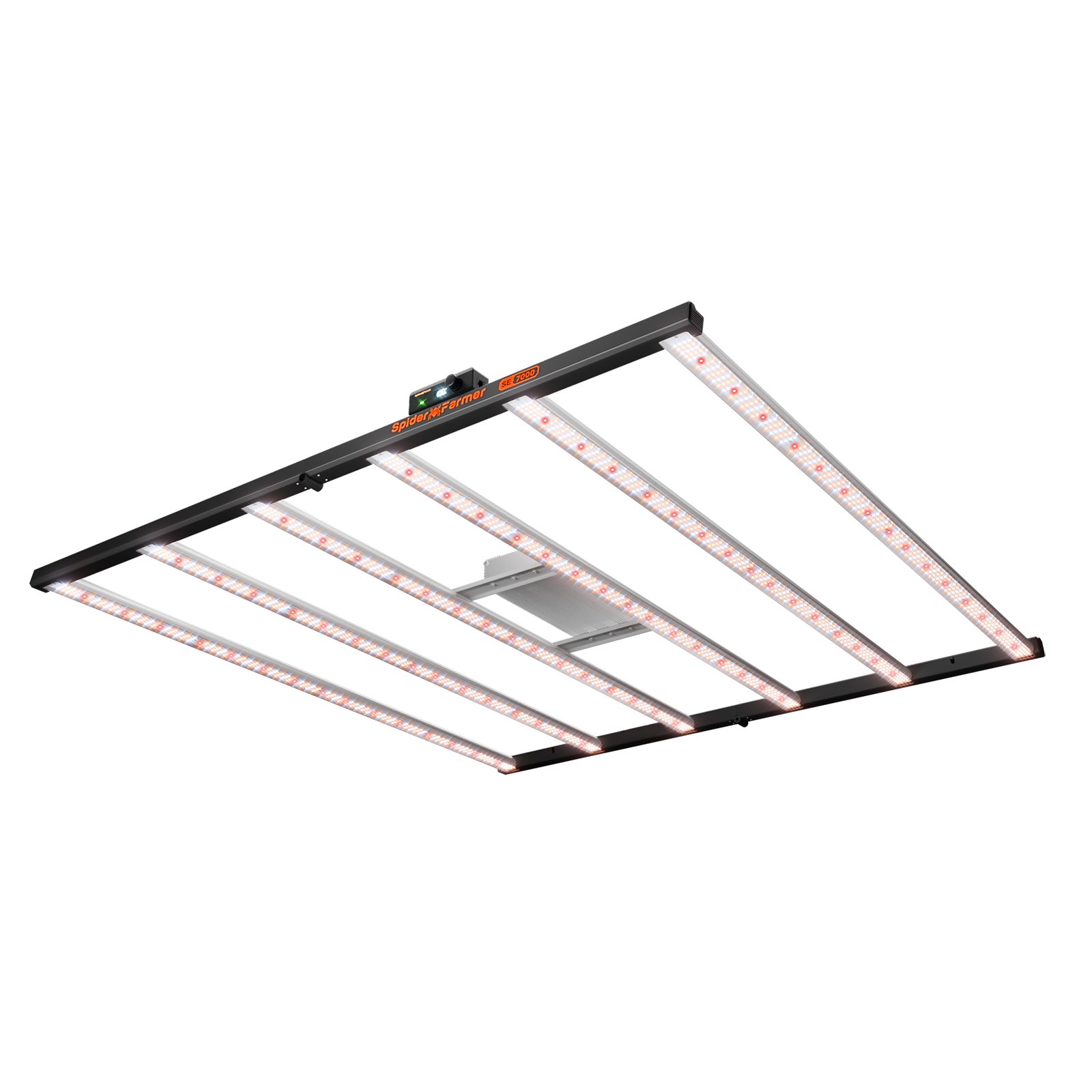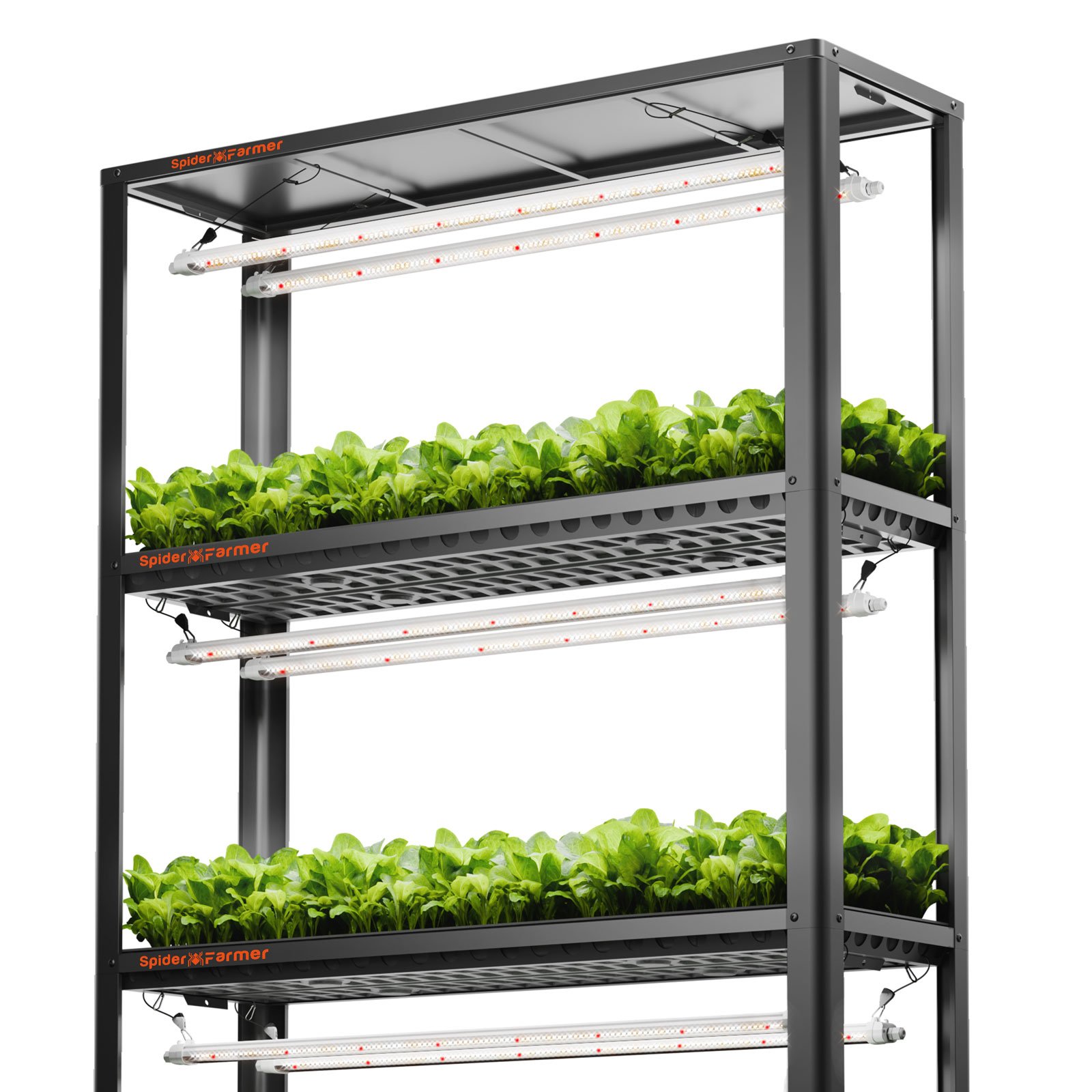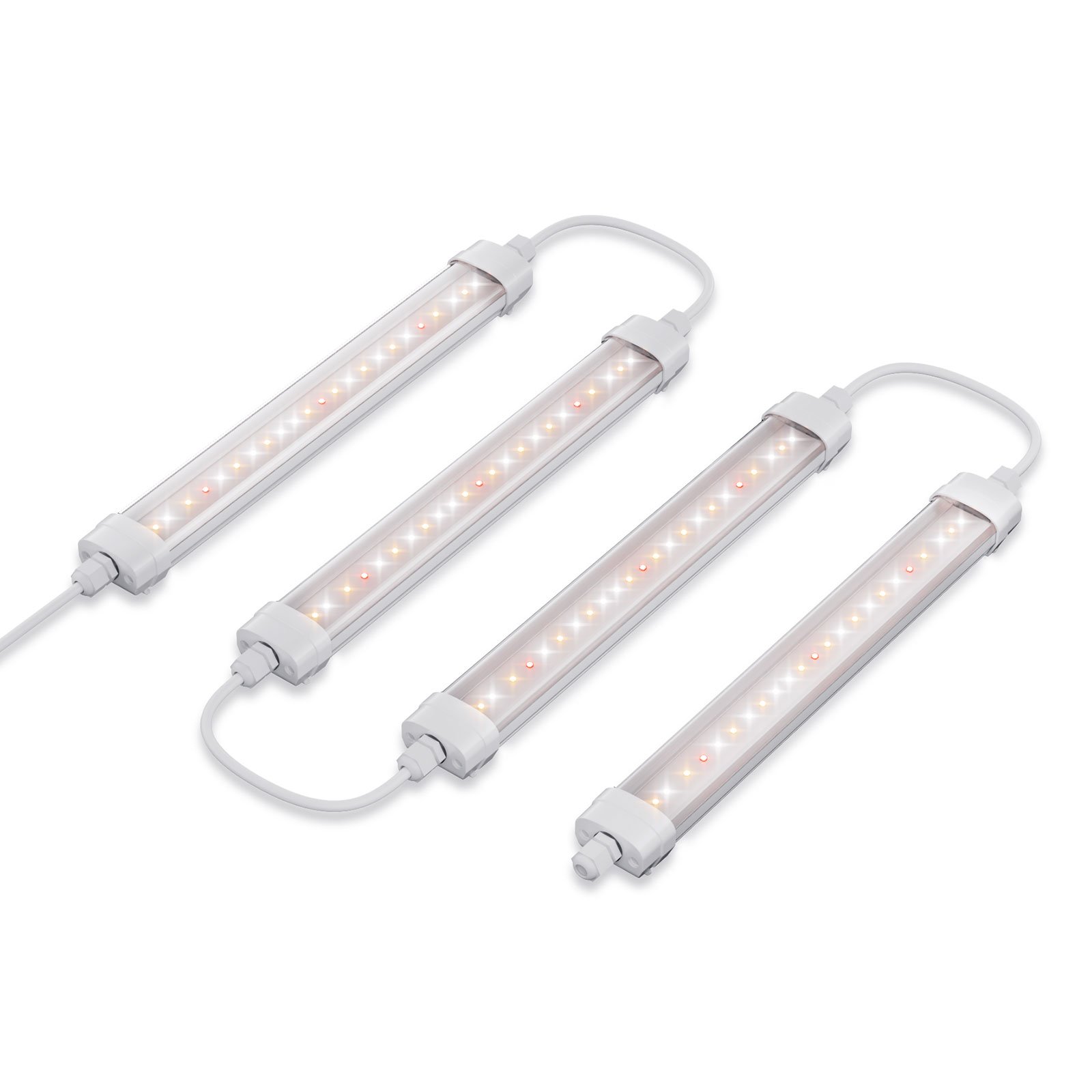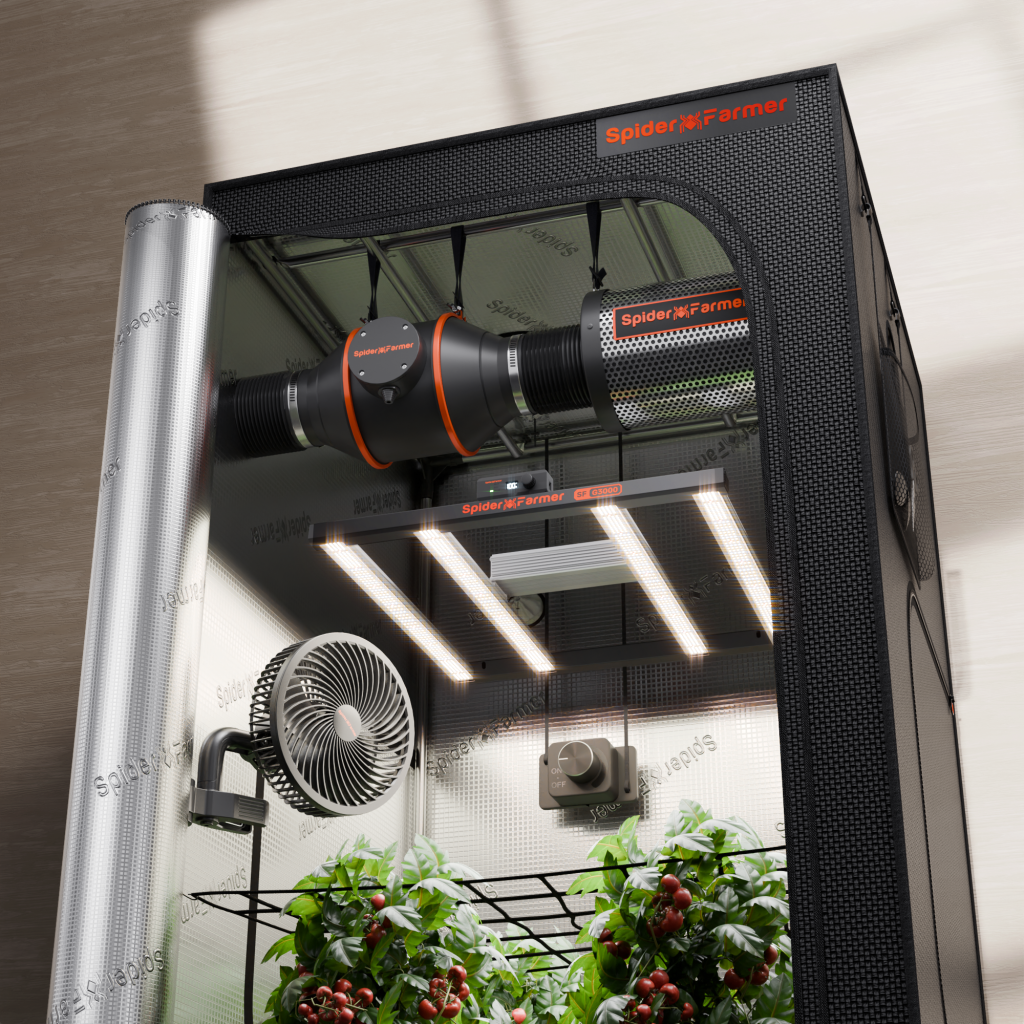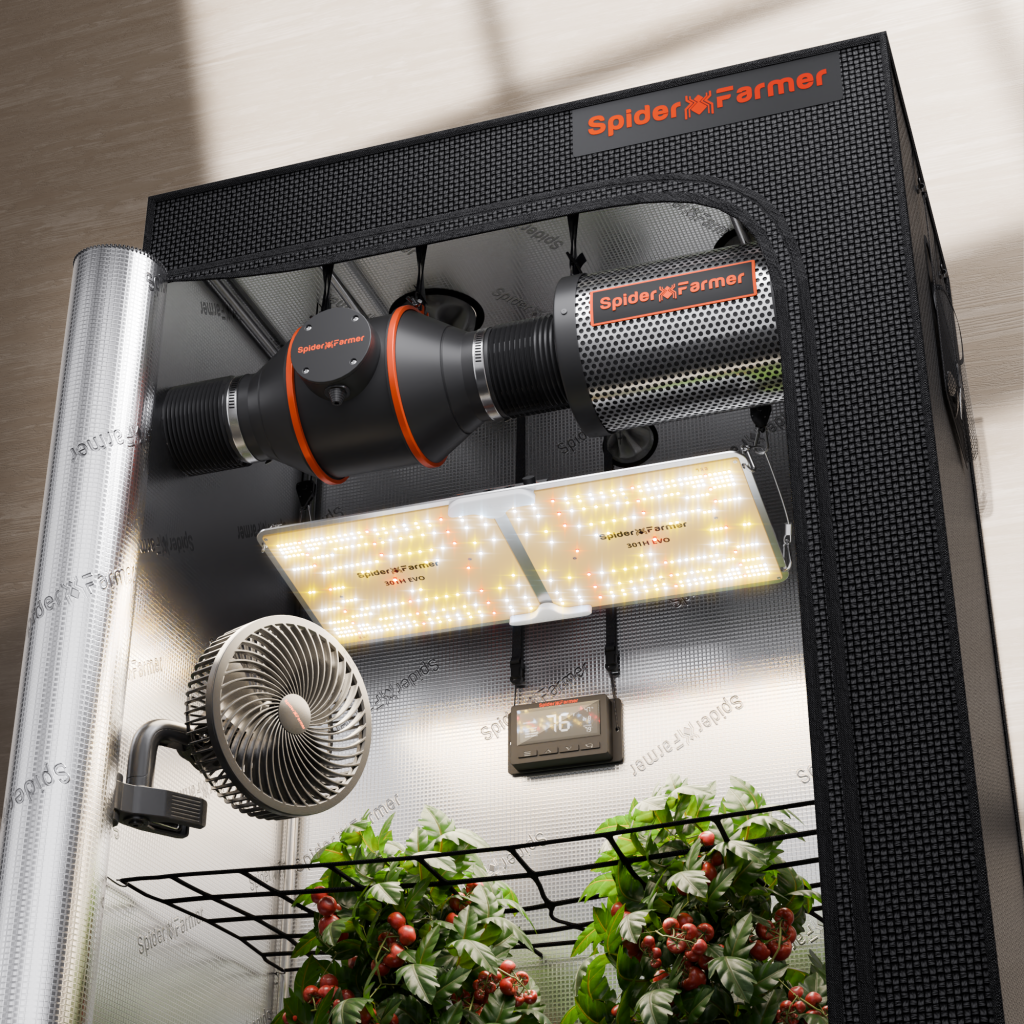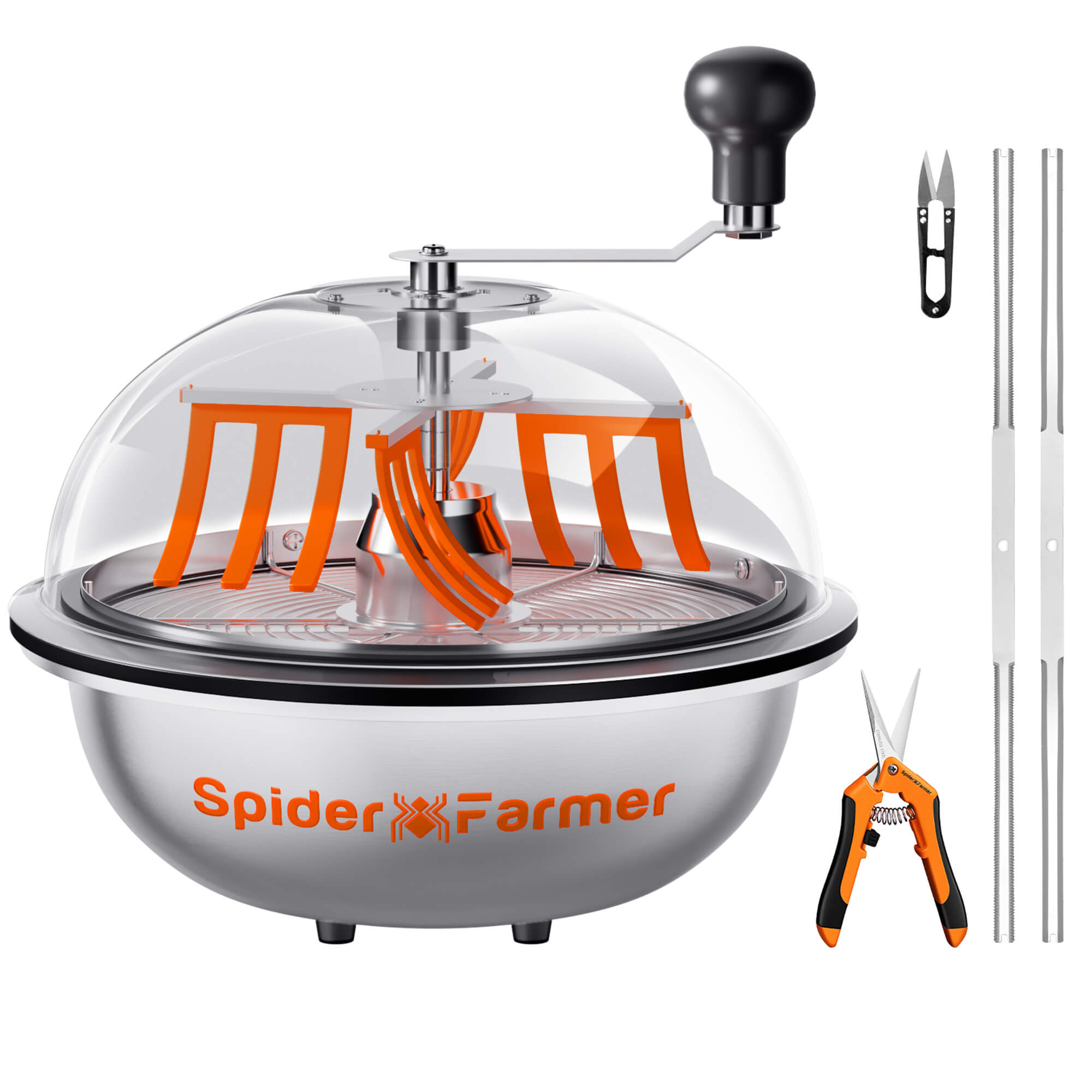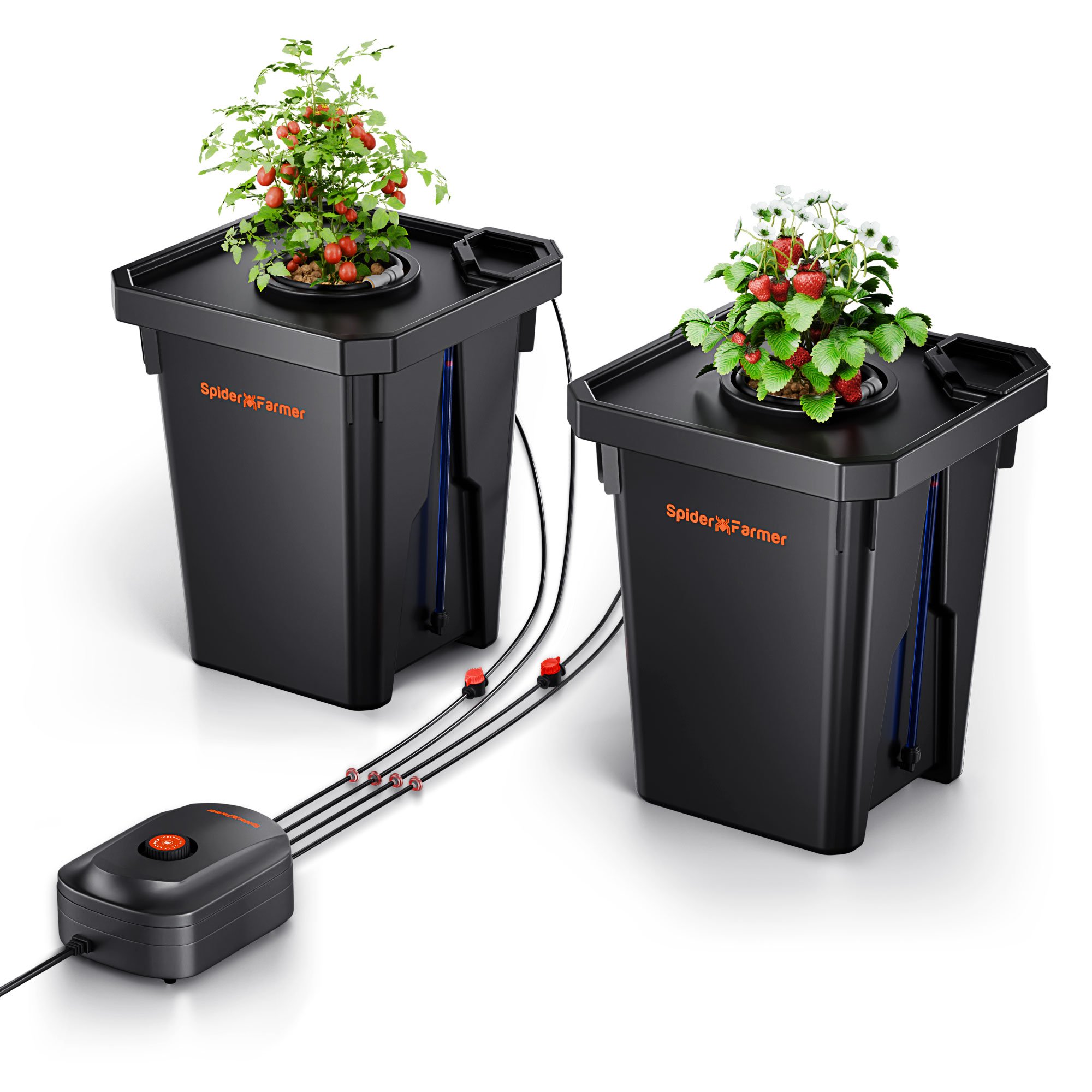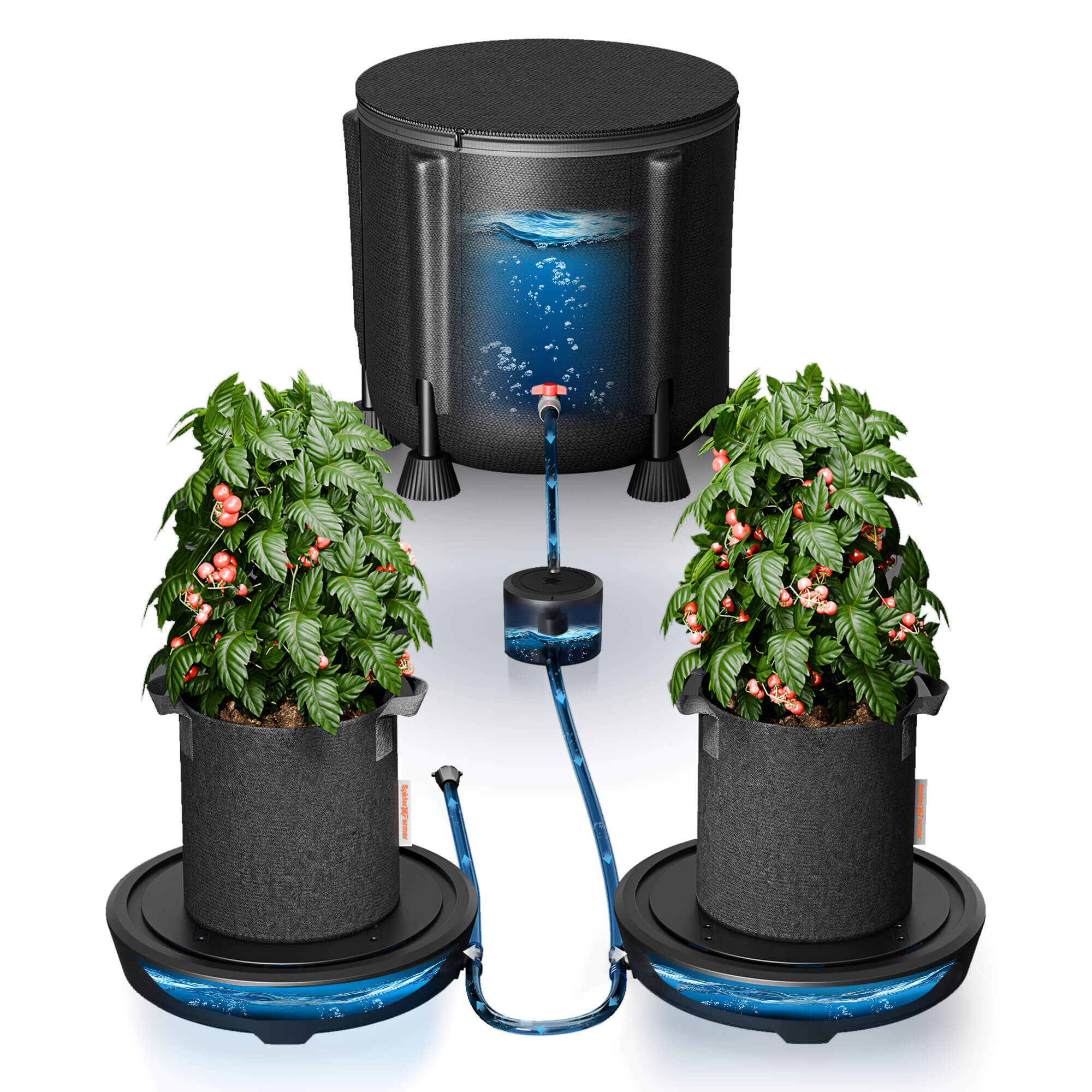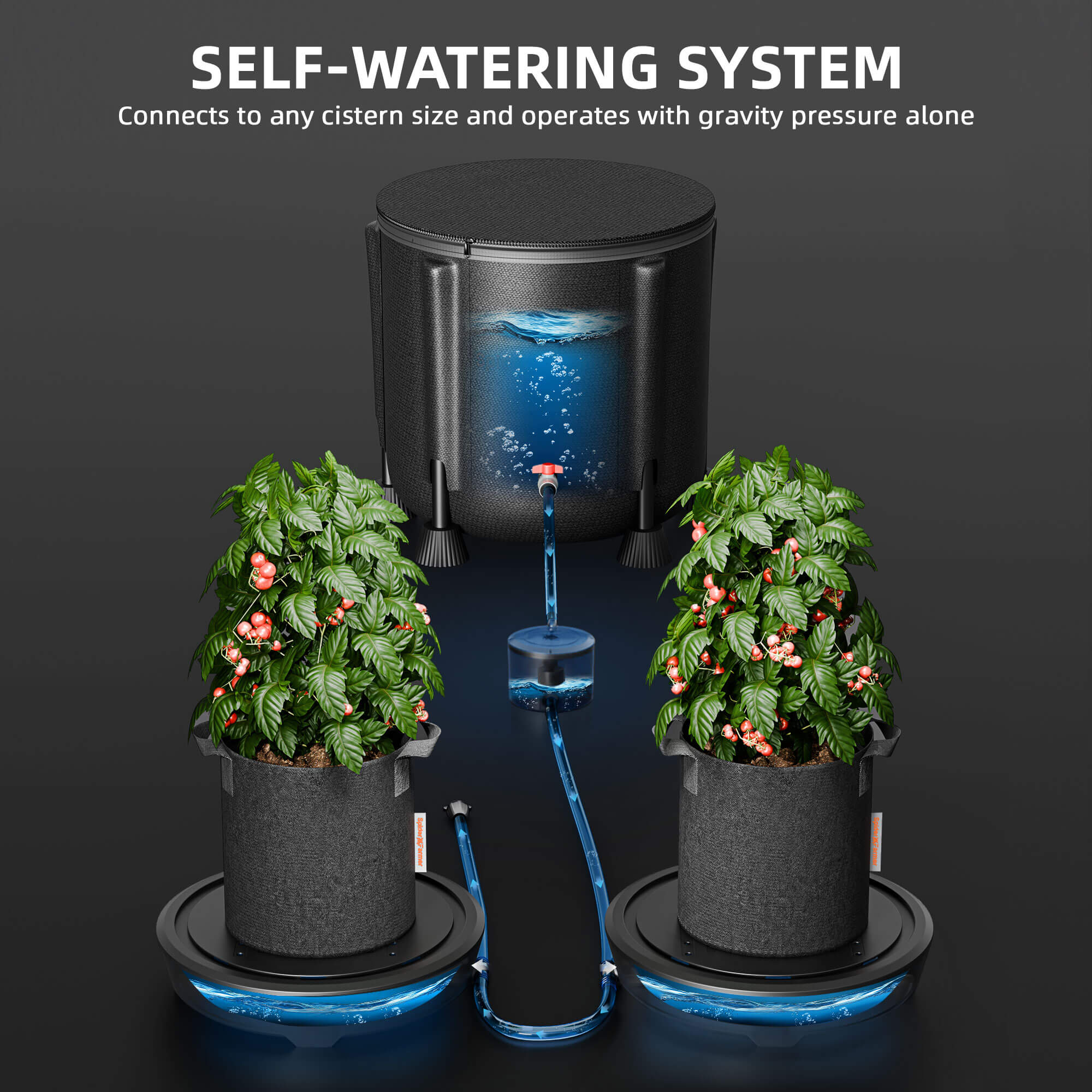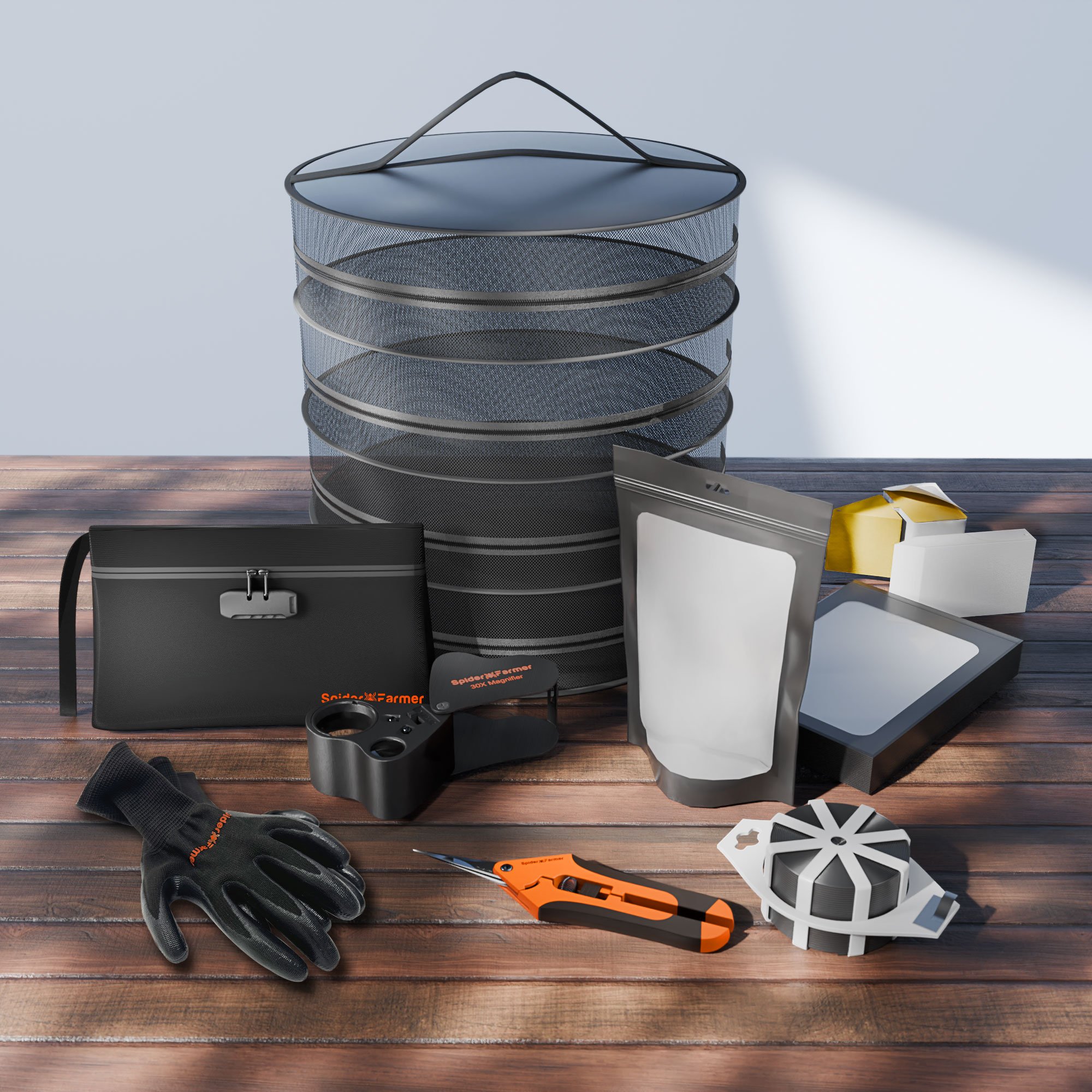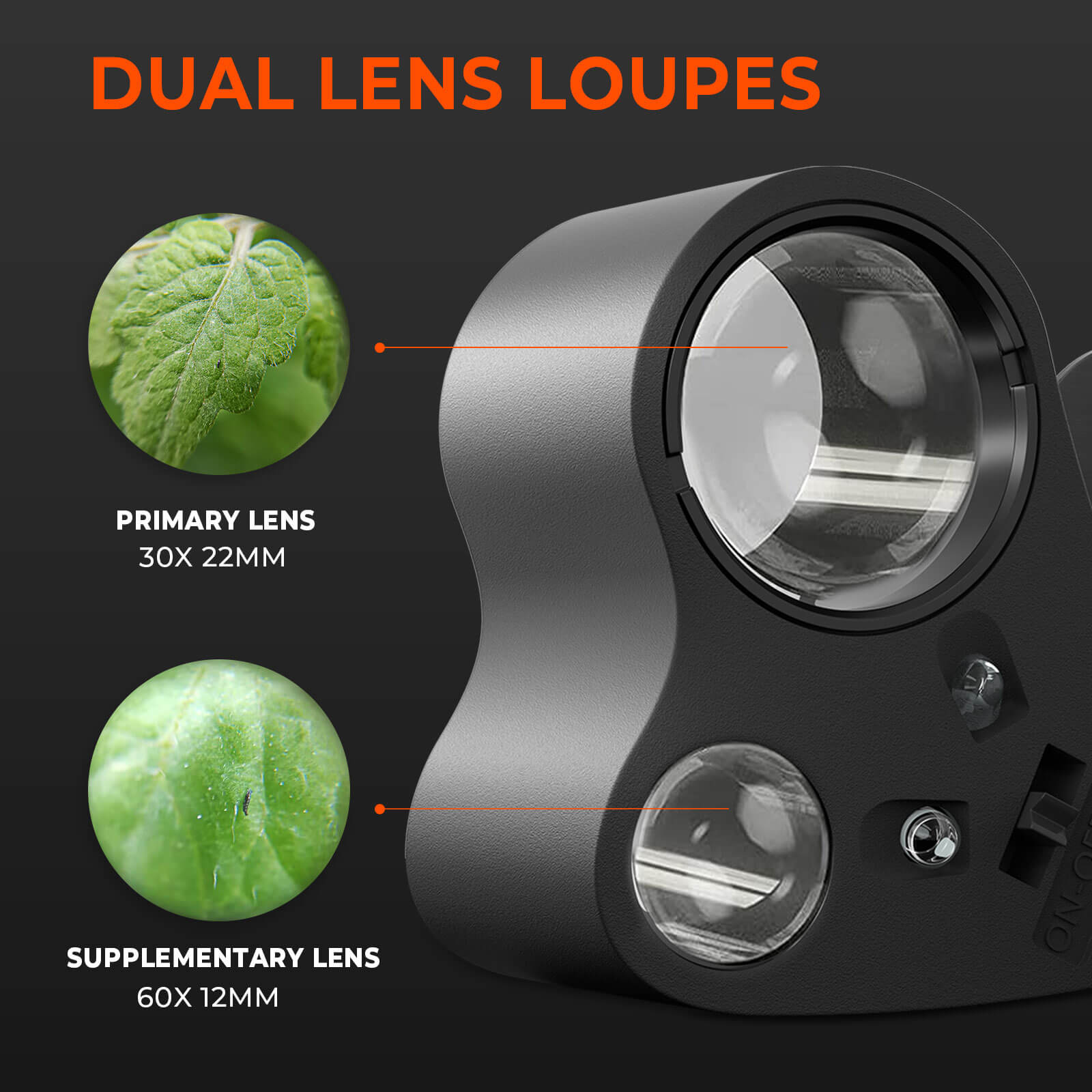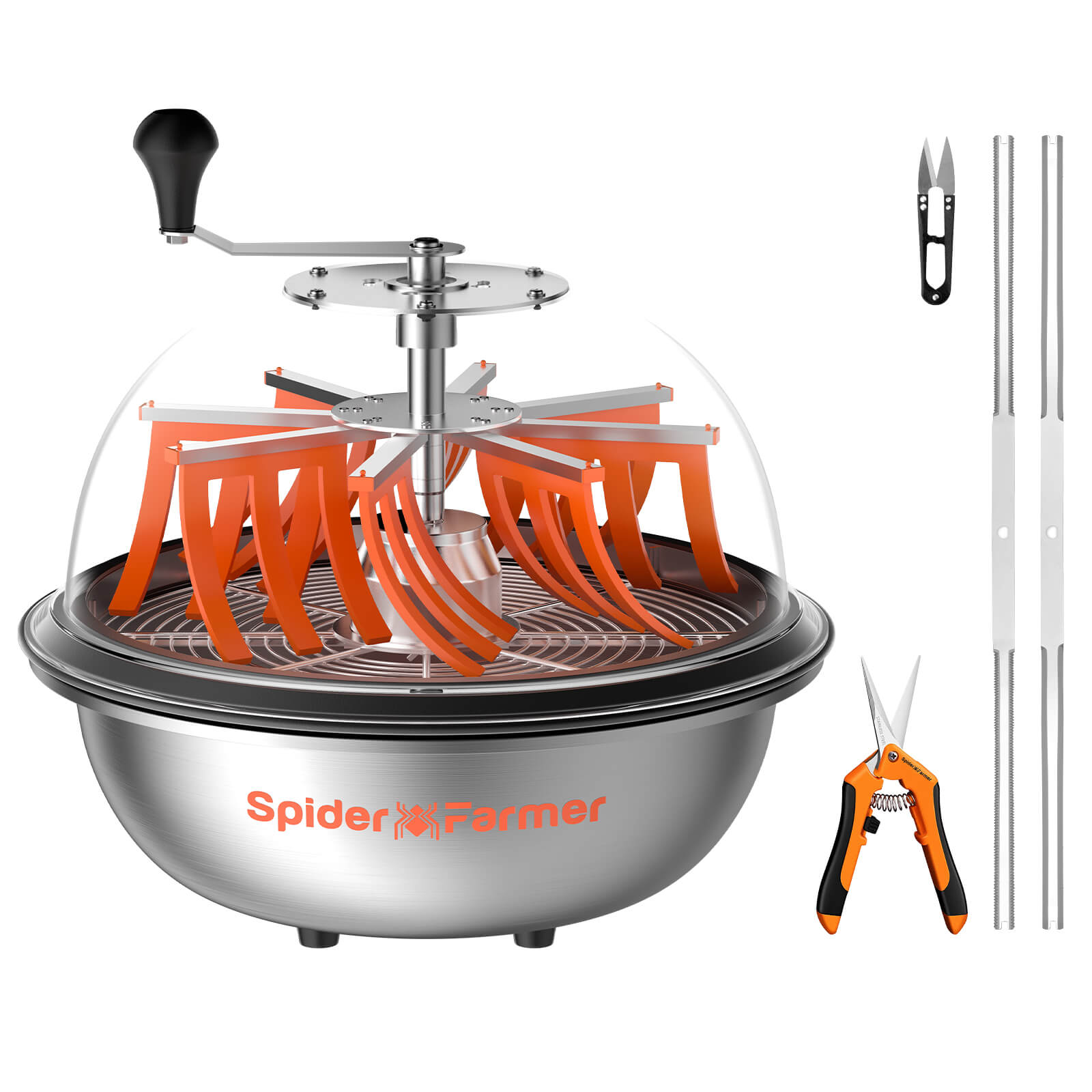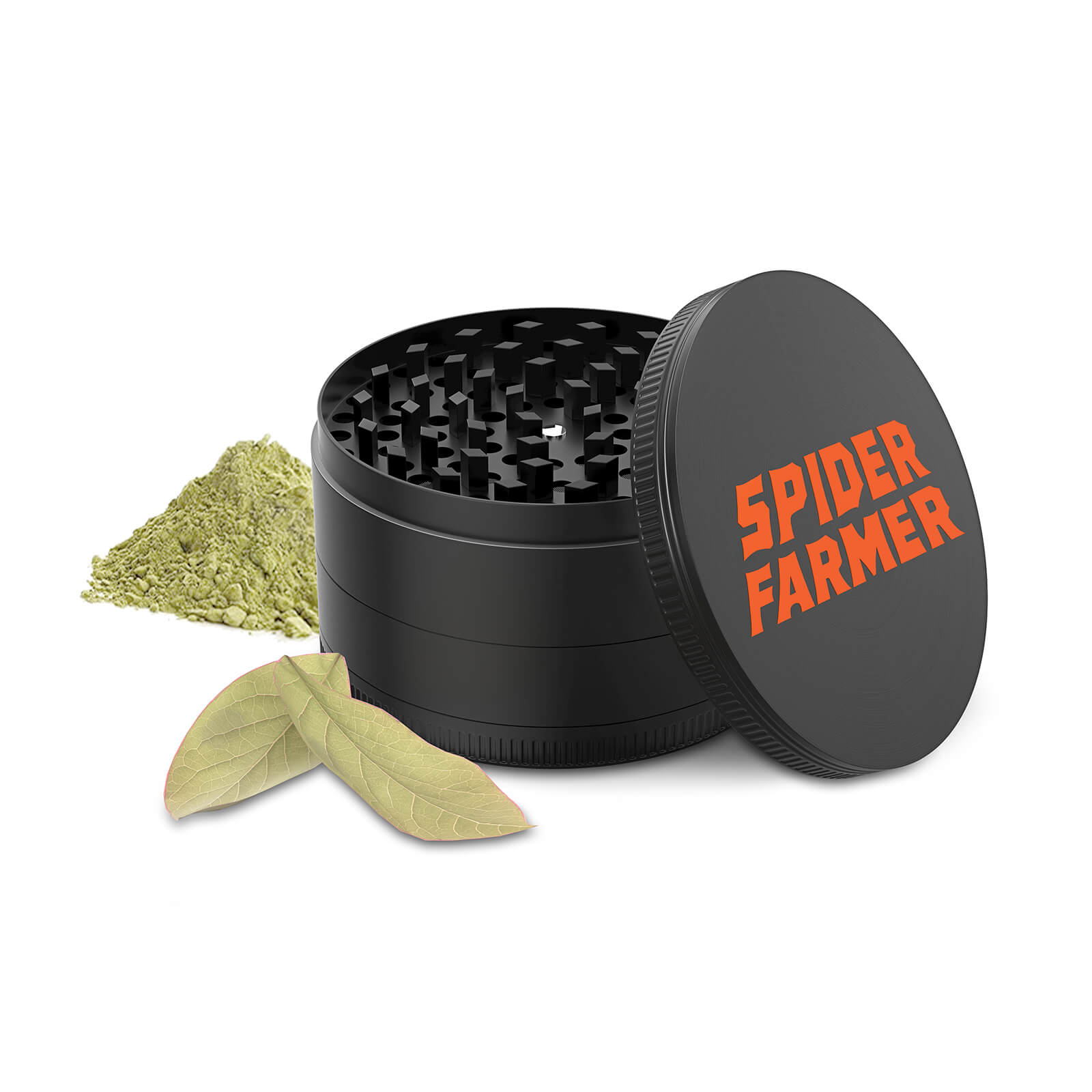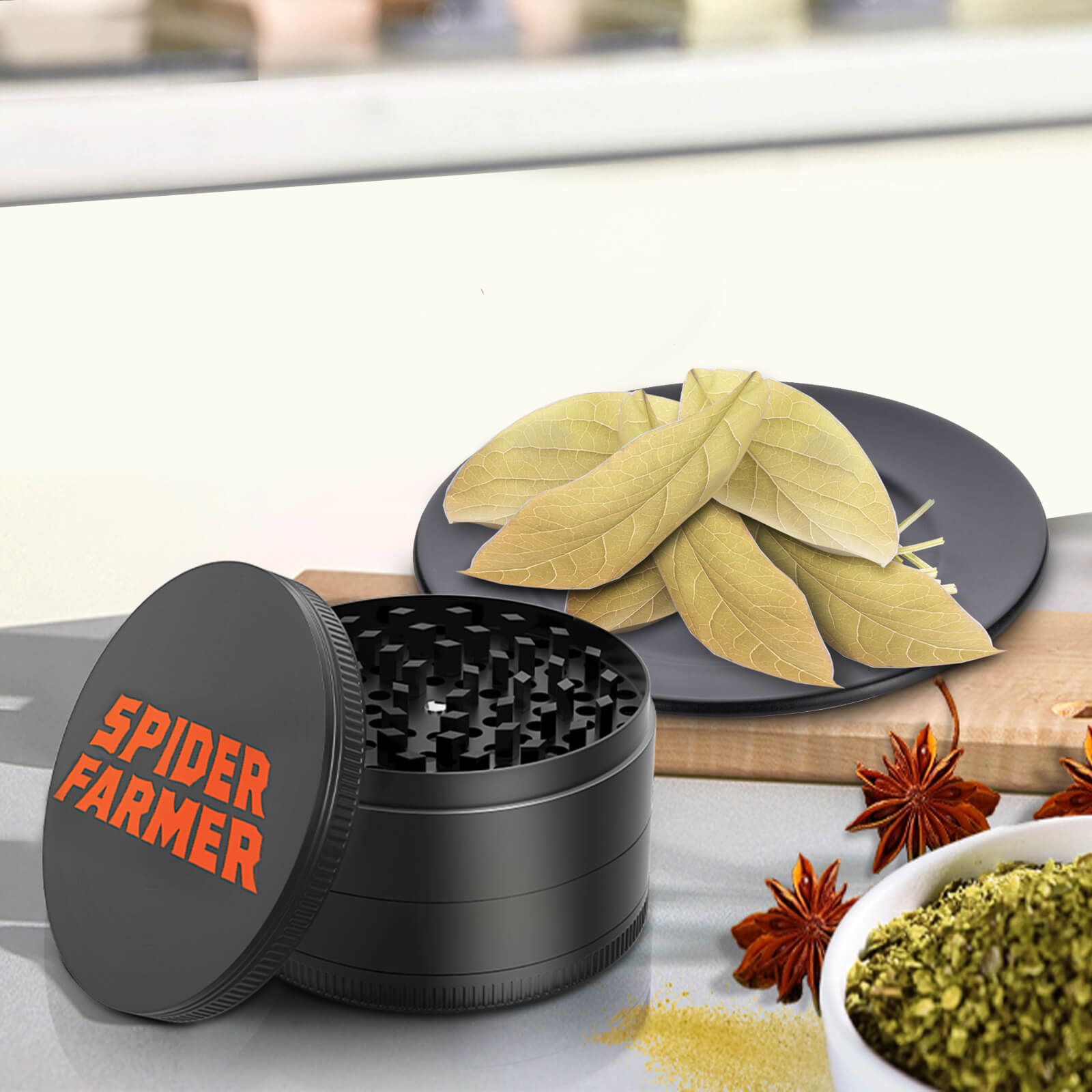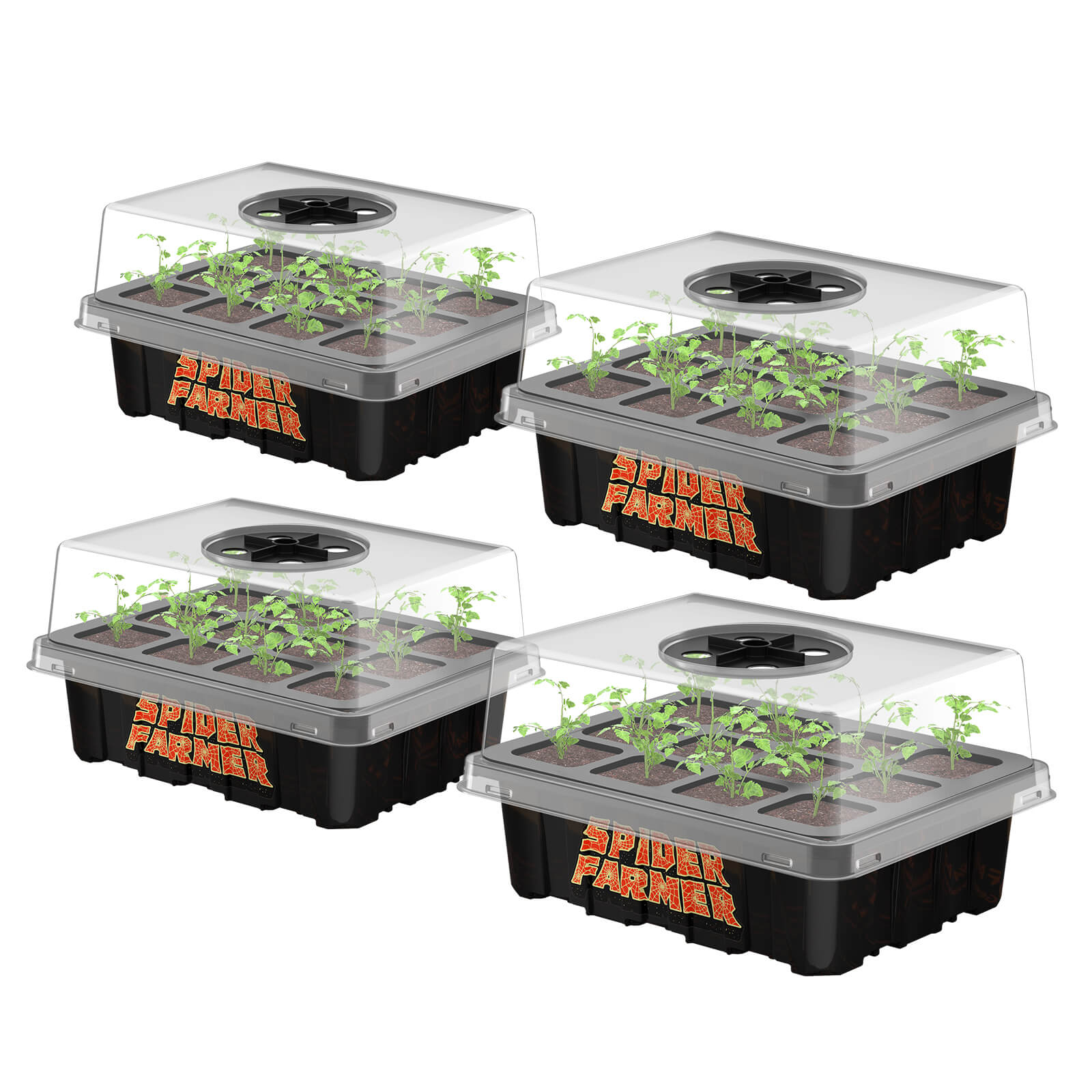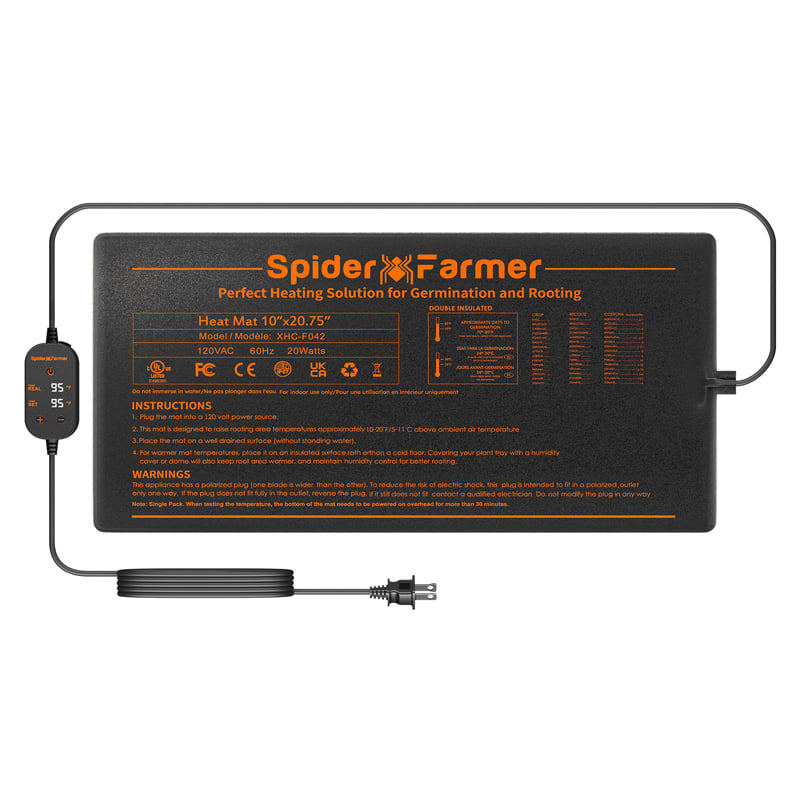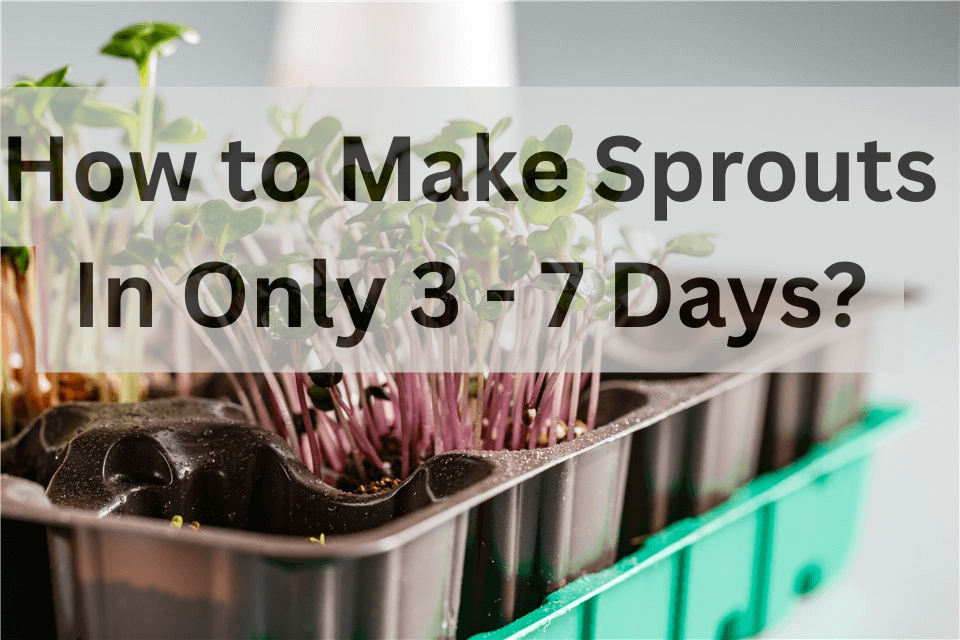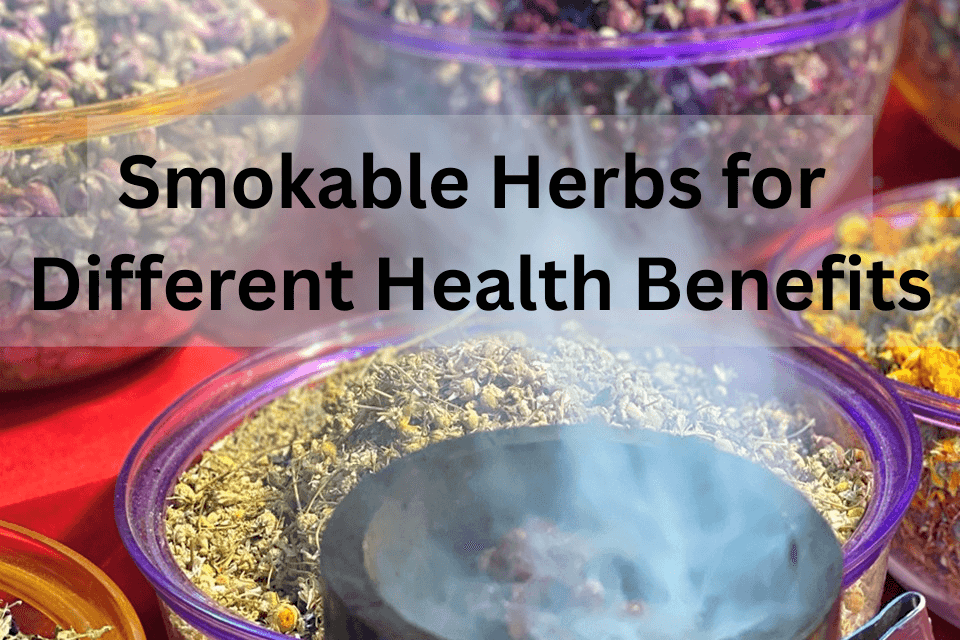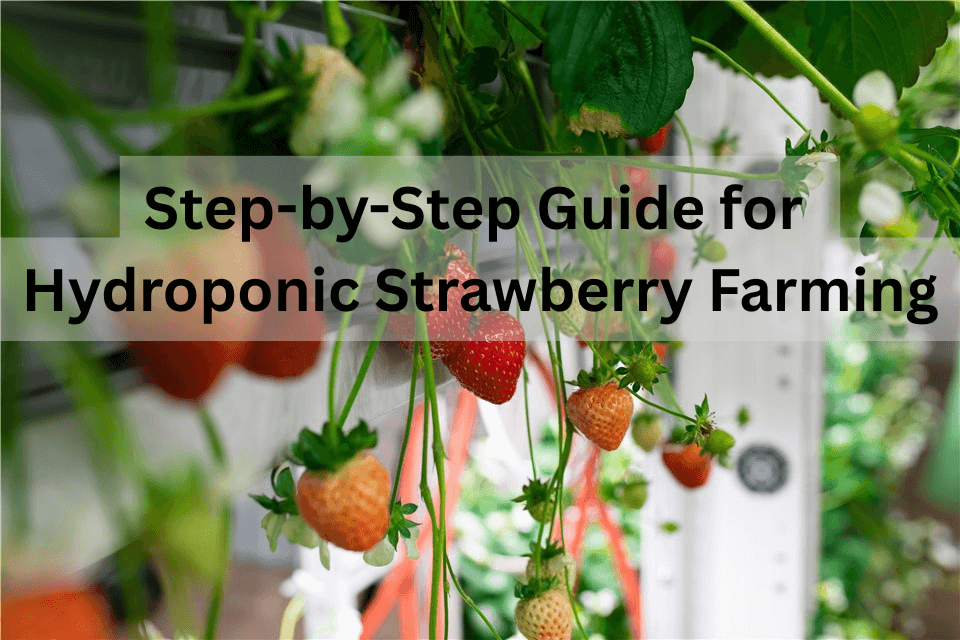It’s recommended that sprouts be grown and eaten at home. These tiny plants appear at the first plant growth stages of various vegetables. They have a powerful punch of flavor and nutrients, so they are an excellent addition to salads, sandwiches, and smoothies. It’s easy to grow sprouts indoors.
Whether you’re a seasoned gardener or a beginner, you can make sprouts at home and enhance your diet. With just a few seeds, some water, and a little attention, you can harvest a bounty of health benefits right from your kitchen counter.
Table of Contents
Can You Grow Sprouts from Any Seed?
You can grow sprouts from many types of seeds, but not all seeds. To grow sprouts, you can acquire seeds from legumes like beans and lentils, as well as seeds from vegetables such as broccoli, radish, and alfalfa. These seeds are rich in nutrients and can produce healthy, edible sprouts.
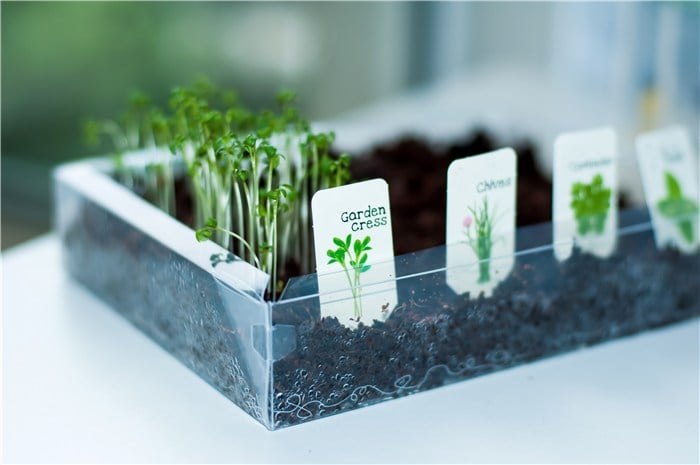
Can You Grow Sprouts from Any Seed?
However, it’s unsafe to grow sprout seeds from certain plants in the nightshade family (such as tomatoes and potatoes) due to their potential toxins. Additionally, seeds that have been chemically treated or are not meant for consumption should not be used for sprouting. More importantly, seeds need to be clean, viable, and free from contaminants. With proper soaking, rinsing, and drainage, you can turn seeds into nutritious and delicious sprouts.
How Long Do Sprouts Take to Grow?
Normally, most sprouts are ready to eat within 3 to 7 days. For example:
- Alfalfa and radish sprouts take around 3 to 5 days to reach an edible size,
- Mung bean sprouts usually take about 4 to 6 days.
- Broccoli sprouts take slightly longer, around 5 to 7 days.
During this period, you need to initially soak the seeds and then rinse and drain them regularly. Usually, it’ll take 2 to 3 times a day. This will ensure proper hydration and prevent mold growth. The ideal environment for sprouting includes a warm, dark place with good air circulation. You can use a ventilation system to enhance the air circulation. Once the sprouts have reached the desired length and have developed their first set of leaves, they are ready to be harvested and enjoyed.
Do Sprouts Grow Better in Light or Dark?
Sprouts generally grow better in the dark during the initial stages of germination. Darkness helps sprouts focus their energy on growing quickly without expending resources on developing chlorophyll, which is necessary for photosynthesis. This results in tender, pale sprouts that are often more delicate and flavorful.

Do Sprouts Grow Better in Light or Dark?
However, once the sprouts have developed their first set of leaves, exposing them to bright indirect light can help them turn green and develop a more robust nutritional profile. So, while sprouts start well in the dark, a bit of light later on can enhance their overall quality.
How to Prepare Sprouts at Home?
It’s simple to prepare sprouts at home. The most critical step is to choose high-quality seeds for sprouting. Some popular options include alfalfa, mung beans, or broccoli.
Then you need to prepare the tools:
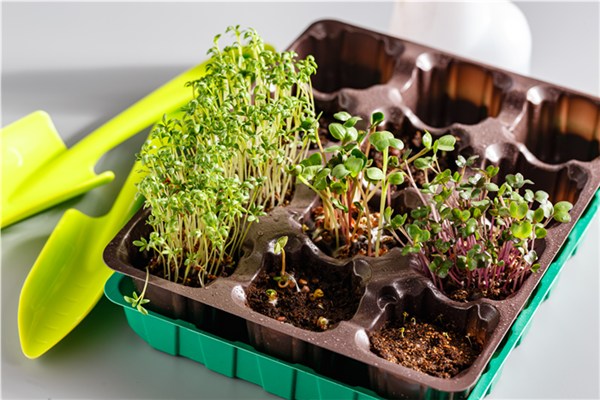
Containers for Growing Sprouts
- Water: Clean, non-chlorinated water for soaking and rinsing.
- Containers or pots: Jars with a mesh lid or small pots, or shallow containers with drainage holes.
- Mesh lid or Strainer: You can use a mesh lid or a strainer to soak and drain the water.
How Do You Grow Sprouts?
After getting prepared, let’s take the following steps to grow sprouts at your fingertips.
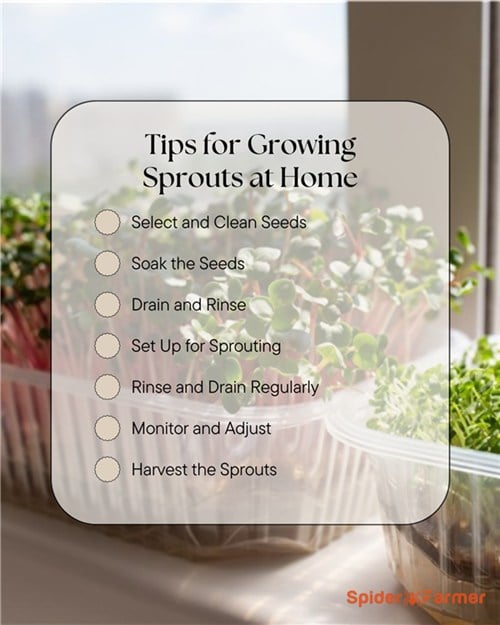
How to Grow Sprouts at Home?
- Rinse the seeds thoroughly under running water to remove any dirt or debris.
- Place the seeds in a jar or bowl and cover them with water. Use about 2-3 times the volume of water compared to the seeds.
- Let the seeds soak for 8-12 hours. This step activates the germination process.
- After soaking, drain the water completely. You can use a mesh lid or a strainer.
- Rinse the seeds with fresh water and drain again. This helps prevent mold growth.
- If using a jar, place the seeds back in the jar and cover it with a mesh lid to allow air circulation.
- If using a sprouting tray, spread the seeds evenly across the tray.
- Rinse the seeds with fresh water 2-3 times a day. This keeps the seeds moist and prevents mold. After rinsing, drain the water completely to avoid waterlogging.
- Keep the jar or tray in a warm, dark place (around 68-72°F or 20-22°C) to encourage sprouting. Meanwhile, you’re expected to ensure good circulation to prevent mold.
- After about 3-7 days, you can harvest the sprouts. They should have small leaves and be about 1-2 inches long. Rinse the sprouts one last time to remove any remaining seed hulls.
Why Do My Sprouts Keep Dying?
Although it’s easy to grow sprouts with the mentioned instructions, sometimes the most well-intentioned efforts can lead to disappointing results. You are not the only one whose sprouts keep dying.
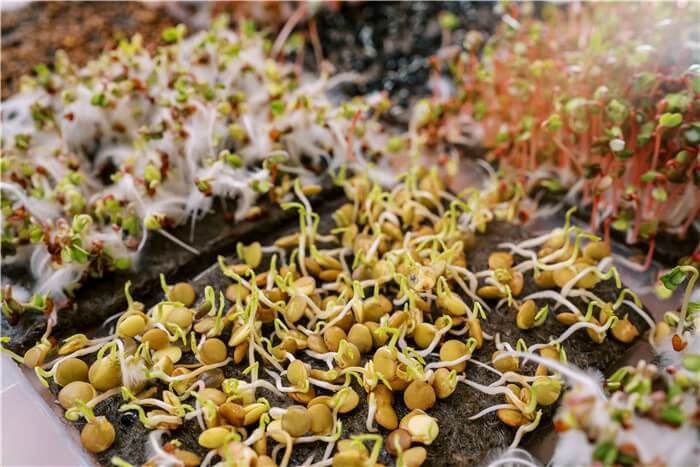
Why Do My Sprouts Keep Dying?
There are several common reasons why your sprouts keep dying.
- Insufficient Rinsing: Not rinsing the seeds enough can lead to mold and bacteria growth.
- Insufficient Light: Lack of light can lead to weak, leggy sprouts. To give supplemental lighting, you can place your sprouts under an LED grow light.
- Inadequate Air Circulation: Poor ventilation can trap moisture and encourage mold.
- Overcrowding: Too many seeds in a small space can prevent even sprouting and lead to mold.
- Poor Drainage: Excess water can cause waterlogging and mold.
- Incorrect Temperature: Sprouts need a warm, dark environment; too cold or too hot can inhibit growth.
- Low-Quality Seeds: Using seeds not meant for sprouting or those that are old or contaminated.
- Mold and Contamination: Poor hygiene or contaminated water can introduce mold.
- Overwatering or Underwatering: Too much or too little water can affect sprout health.
- Incorrect Storage: Storing sprouts improperly can lead to spoilage.
Conclusion
In conclusion, growing sprouts can be easily achieved in just 3-7 days. By following the critical steps mentioned in this post, you can grow and eat sprouts at home with your fingertips. Among these steps, it’s crucial to regularly rinse and drain your sprouts since this can effectively prevent mold and ensure healthy growth. With minimal effort and the right care, you can have a continuous supply of sprouts that are not only delicious but also packed with vitamins and minerals.


